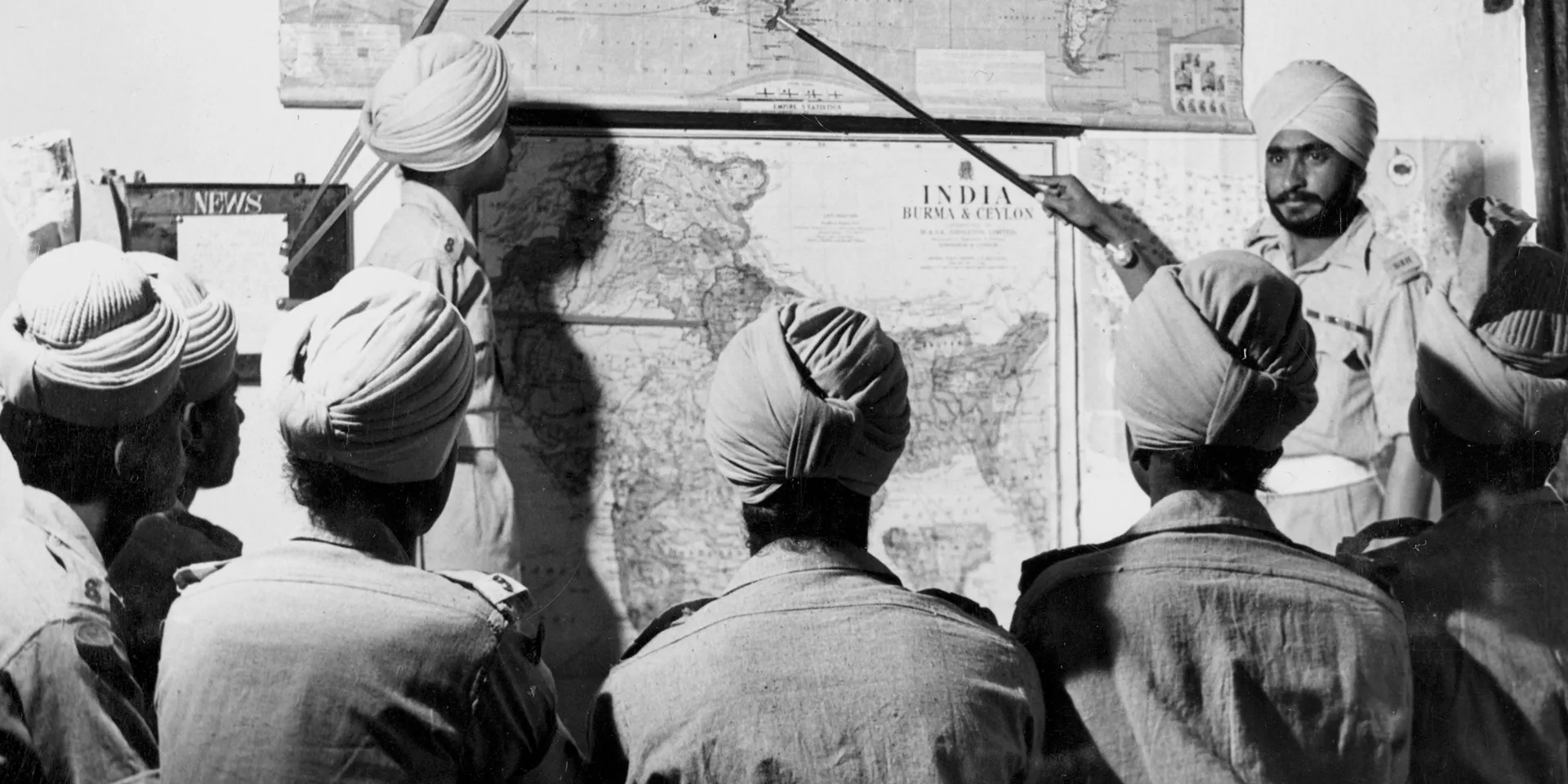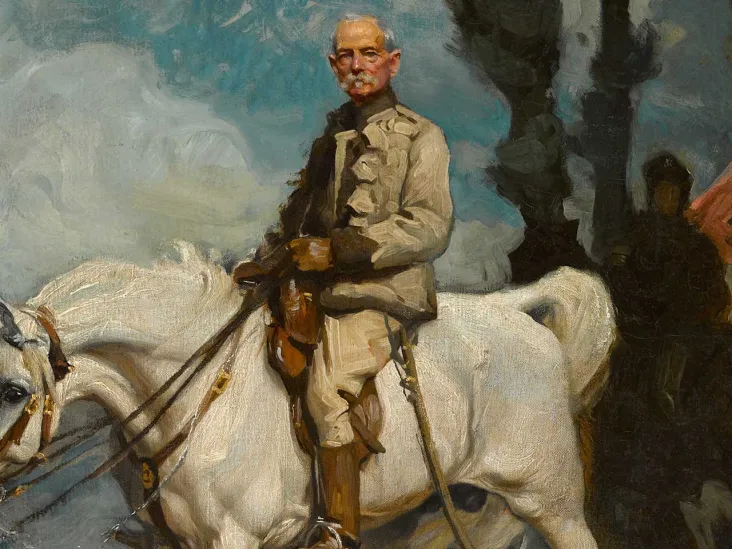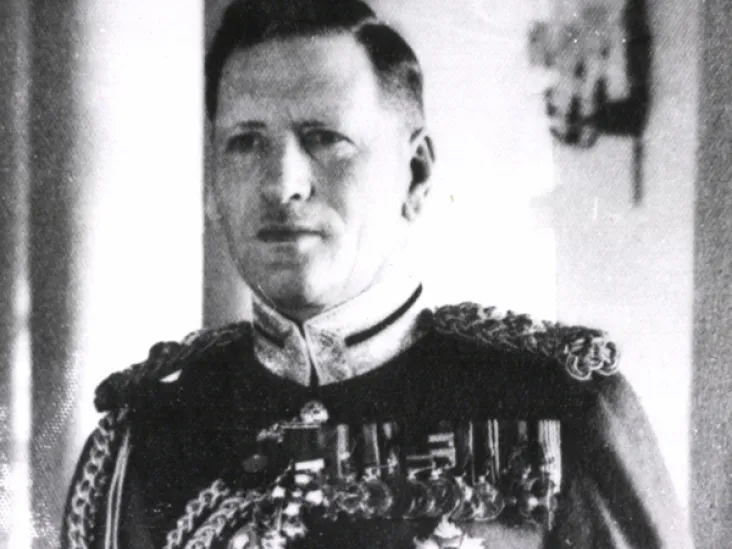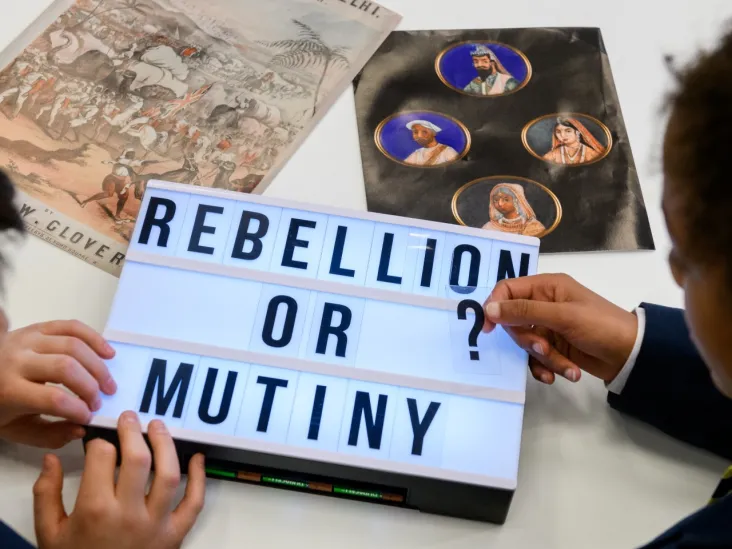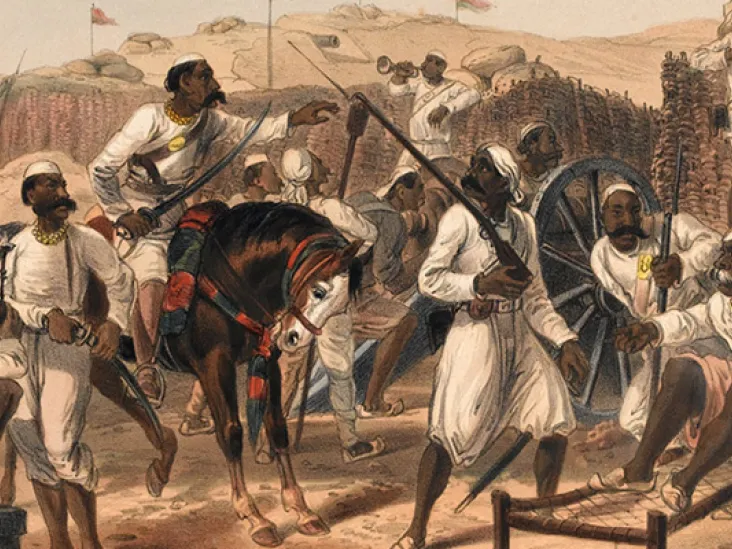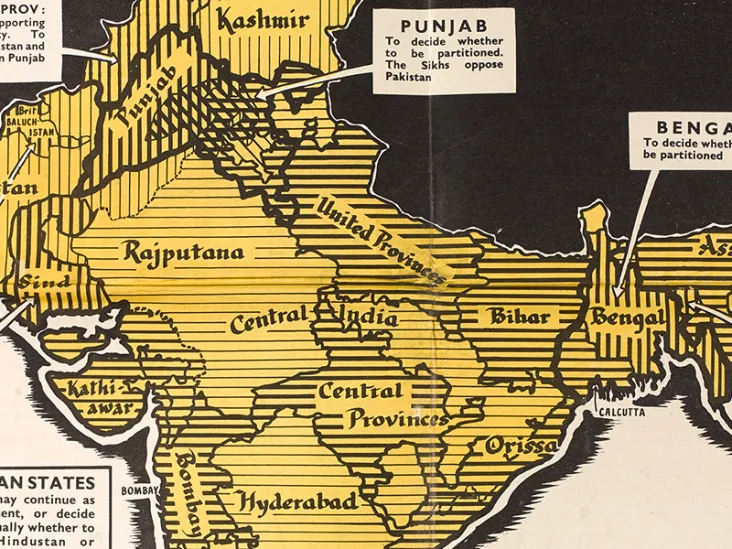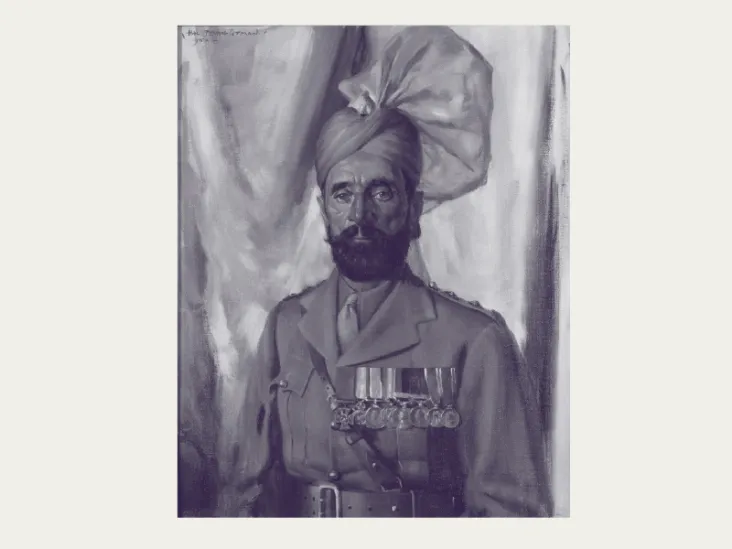Major-General Sir Robert Sale served in several important campaigns on the Indian subcontinent. He skillfully commanded the besieged garrison at Jalalabad during the First Afghan War, before being killed in action in the First Sikh War.
explore this story

